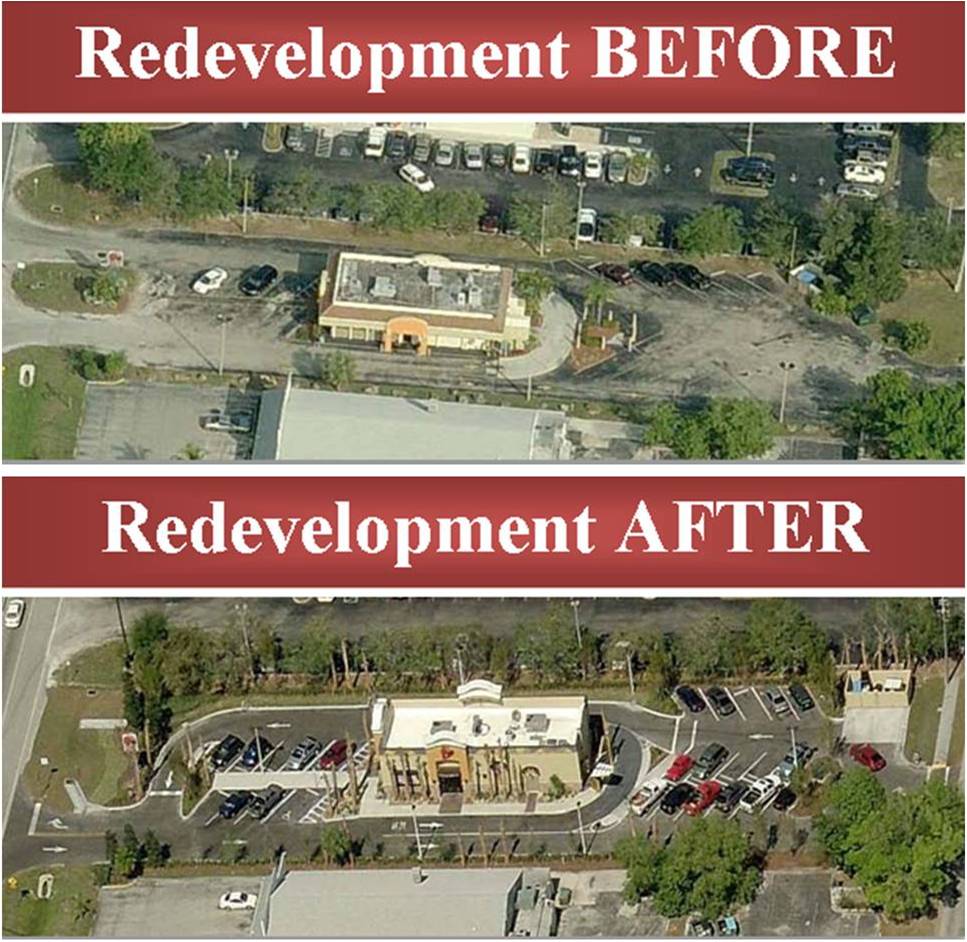 Zoning Case Types:
Zoning Case Types:
Variances:
A variance is a departure from the provisions of the
Land Development Code, excluding building codes, related to:
- Building or structural setbacks
- Lot dimensions, such as width, depth or area, structure, or building height
- Off-street parking or loading requirements
- Open space, buffers, lot coverage, impervious areas and similar technical development regulations
A variance does not change the allowable use of the property, building, or structures, or change procedural requirements or definitions. A zoning variance (LDC, Chapter 34) may be granted upon finding that the applicant has demonstrated that there are exceptional or extraordinary circumstances inherent in the property in question that are not a result of actions taken by the applicant. Only the minimum variance that will relieve the applicant of an unreasonable burden may be granted, and the variance cannot be detrimental to the neighborhood.
A variance from the technical development standards (
LDC, Chapter 10) may be granted when compliance with the LDC would be duly burdensome. However, the proposed variance cannot threaten the safety and welfare of the adjacent property owners or general public.
Variance Process:
Applications are reviewed by the County staff and a written recommendation is forwarded to the applicant and Hearing Examiner prior to the public hearing. The applicant for a Variance is required to submit a completed
application and fee pursuant to the county
fee schedule.
The average time to complete the variance is generally three to six months. The decision of the Hearing Examiner is final and appeals of the final decision are made to the Circuit Court.
Variances typically take 4-5 months to complete because of advertising requirements for public hearings.
The general process for Variances is shown below.
- Application submitted to permitting
- Staff review and written recommendation
- Hearing Examiner public hearing
- Final decision issued by Hearing Examiner
For more information on the Zoning process, you may contact the
Division of Zoning.